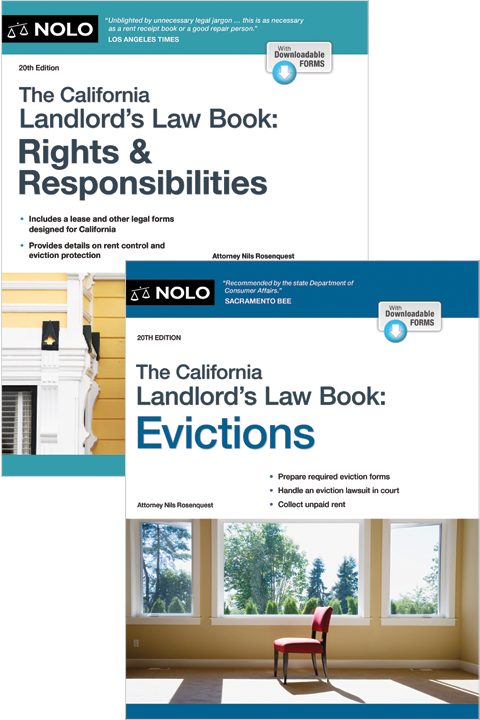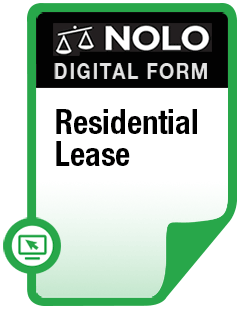Here's what Ohio landlords (and tenants) need to know about mold and the law.
Every landlord should take mold seriously. A top environmental hazard, mold thrives in warm, damp places, and often grows quickly in basements, attics, and other parts of buildings with poor ventilation and humidity problems. Although mold is often associated with buildings in wet climates, no rental property is immune from a mold outbreak, as one can occur following an unattended spill, faulty plumbing, or even a misdirected lawn sprinkler.
If you own or manage a rental property in Ohio, a mold problem could present you with costly cleanup and repair bills as well as lawsuits from tenants claiming that the mold made them ill. Here's what Ohio landlords (and tenants) need to know about mold and the law.
Tenant Self-Help Strategies in Ohio
Courts have recognized two common legal self-help strategies that some tenants choose to pursue following a mold outbreak in their apartment or rental home. The first, known as "rent withholding," is when tenants decide to stop paying rent, claiming the mold has made their apartment uninhabitable. (Note that regardless of what may appear in a written lease with tenants, landlords in Ohio are bound by the "implied warranty of habitability," a legal doctrine that requires providing tenants with apartments in livable condition.) The second strategy, known as "repair and deduct," involves tenants taking care of mold cleanup on their own and then subtracting the cost from their rent.
Landlord Liability for Mold in Ohio
There is currently no federal law covering a landlord's responsibilities when it comes to mold. Also, Ohio doesn't have any laws that specifically address a landlord's duties or liability when it comes to mold prevention and remediation.
However, tenants who believe they have been harmed by the presence of high concentrations of mold in their apartment can try to recover damages from their landlord in court to compensate them for their loss. If a judge or jury agrees that the landlord negligently created a mold problem or allowed one to continue at a property, the landlord could be on the hook for any harm.
For example, tenants at an apartment in Louisville, Ohio, vacated their apartment following the discovery of mold that was allegedly caused by a water infiltration issue. After not being successful in recovering money under their renters' insurance policy, the tenants then sued the landlord to compensate them for losses to their personal property. The trial court awarded the tenants $12,261.98 in damages and found that the landlord's insurer must cover the claim. An appeals court affirmed the award but ruled that the landlord's insurance policy was inapplicable to this situation. (Bair v. Kandel, 2015 Ohio 3181 (Ohio Ct. App. 2015).)
Mold Disclosure Requirements in Ohio
Ohio requires sellers of residential buildings with up to four units to disclose in writing any known damage from water intrusion, including mold. (Ohio Rev. Code § 5302.30.) The state disclosure form also requires sellers to inform buyers of any mold inspection results and subsequent remediation efforts.
Ohio doesn't have any statutes or regulations that require landlords to disclose high concentrations of mold in rental properties to prospective tenants or buyers.
Also, while federal law requires disclosures about lead paint, it doesn't impose a similar duty on landlords when it comes to mold.
Aside from any affirmative disclosure requirement, however, if you decide to list a property for sale, you should be ready with responses to questions potential buyers might ask about plumbing, humidity, and ventilation issues in your building.
Deducting Mold-Related Costs from Security Deposits in Ohio
If you believe a departing tenant caused a mold problem (beyond ordinary wear and tear) in an apartment or rental unit, you may wish to deduct the cost of cleaning from that tenant's security deposit. Ohio law allows landlords to do this, provided they give the tenant a written explanation of the mold damage costs (along with any other claimed damages) within 30 days of the tenant's lease termination. If this amount is less than the security deposit, you must return the remainder of the deposit to the tenant along with the written documentation of damage deductions. (Ohio Rev. Code § 5321.16.)
Preventing Mold Problems
Because so much is at stake, it's important to try to prevent a mold problem from growing in your rental property in the first place, as well as take prompt, effective action to remove excess mold that you discover.
Talk to a Lawyer
Need a lawyer? Start here.
How it Works
- Briefly tell us about your case
- Provide your contact information
- Choose attorneys to contact you
Ready to create a lease?
- Briefly tell us about your case
- Provide your contact information
- Choose attorneys to contact you



